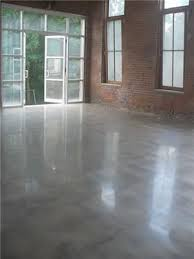
24 Jun How to make concrete floors shine
As modern houses continue to become sleeker and more lustrous in their designs, the comparatively dull concrete surrounding them becomes more conspicuous. But you don’t need to give up and replace it entirely – there are ways to make your concrete shine, and we’ve broken down how in this article.
Before you start.
It’s worth knowing that concrete finishes aren’t always necessary. If you plan on covering a concrete floor with carpet, for example, then you don’t need to worry about the texture too much. Likewise, if you have concrete outside your home, it will benefit from a slightly rougher finish – preventing slips on rainy days.
For a quality finish, you’ll need to trowel and polish the concrete. Polishing requires specialised equipment and chemicals that most professionals will have. If you need advice and services for concrete Swindon, specialists such as monstermixconcrete.co.uk/concrete-swindon/ can help.
Levelling
Step one is levelling the concrete, achieved with a screed board and a darby. Screed boards are typically aluminium boards drawn across the surface of the concrete, providing an even, level distribution whilst scraping away excess residue. The darby, which is essentially a bigger trowel, is then used for more precise smoothing. Ensuring the surface is smooth before the bleed (excess) water ascends is vital.
Waiting
Continuing on from our last point, you must wait for all the bleed water to rise. This will typically evaporate, but timing depends on the quality of your concrete mix, and factors like temperature will of course play a role. All the water must be evaporated to avoid issues like delamination in the future.
Floating and Trowelling.
Floating comes after the work of the screed and darby, compacting the concrete either by hand or by machine using floats. If using machines, it’s even more important to ensure all bleed water has evaporated. Trowelling then applies further pressure to smooth the surface.
Curing and Polishing
All that’s left is curing and polishing, the former simply requiring appropriate temperature and humidity, and the latter needing the aforementioned supplies. Once done, you should have your own smooth and shiny concrete!



